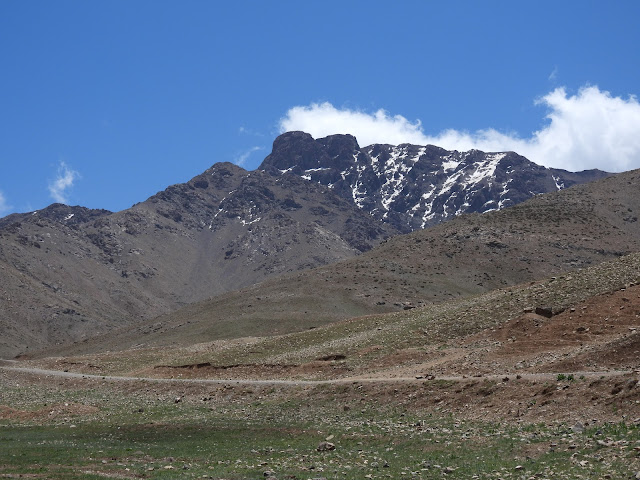Lesser Spotted Woodpecker
Friday 18th March
Lesser Spotted Woodpecker is one of my favourite birds. When I first started birding in the 1970s it was a bird I saw fairly regularly in Horsham (where I grew up) in the alders along the River Arun, anywhere from Blackbridge Lane through to Kerves Lane, a distance of about two miles. On one memorable occasion I even had the good fortune to see four together near where Denne Road crosses the Arun - two pairs involved in a territorial dispute and one of the few times I've seen the butterfly display flight, in which the birds fly with exaggerated wingbeats and broadly spread wings. The last few times I've looked along the Arun I've drawn a blank, hardly surprisingly given the calamitous decline that has occurred nationally in recent years. It's been 3 years since I last saw a Lesser Spotted Woodpecker in Sussex, so with the forecast predicting wall to wall sunshine and temperatures inland up to 16C, we visited a wet woodland in north Sussex where I've seen Lesser Spots several times in the not too distant past. Conditions were near perfect but we came away empty handed having heard nor seen anything of this elusive species. Whether they still occur there is anyone's guess but, Ken Smith of LesserSpot network fame, has surmised that the breeding density of Lesser Spots in Sussex is probably very low and that the few remaining pairs are likely to have large territories and vocalise less which makes them potentially very difficult to find, even if you happen to know of an occupied territory. Despite the lack of Lesser Spot action, all very pleasant in the springlike conditions with Brimstones on the wing, carpets of Lesser Celandine, pairs of Nuthatch and Goldcrest, a drumming Great Spotted Woodpecker and a Grey Wagtail. If by any chance you do have the good fortune to find a Lesser Spot this spring, please let Ken Smith know http://www.woodpecker-network.org.uk
Later we went in search of Purple Toothwort, a curious introduced plant which is parasitic on alder and willow. In Sussex, most recent records are from wet woodland north of Haywards Heath having first been planted according to The Flora of Sussex 'near Horsham' about 60 years ago. The directions we had were slightly vague but we knew the general area to look and after a short search found a large clump in woodland at the top end of Ardingly Reservoir. Also seen were two Red Kites over Ardingly, our first Comma of the year and Barren Strawberry, Dog's Mercury and Early Dog-violet (an ancient woodland indicator), all growing side-by-side on a roadside hedgebank. Forty years ago I have gladly traded a Lesser Spot for a Red Kite, something that seems inconceivable today. Funny how times change....






Comments
Post a Comment